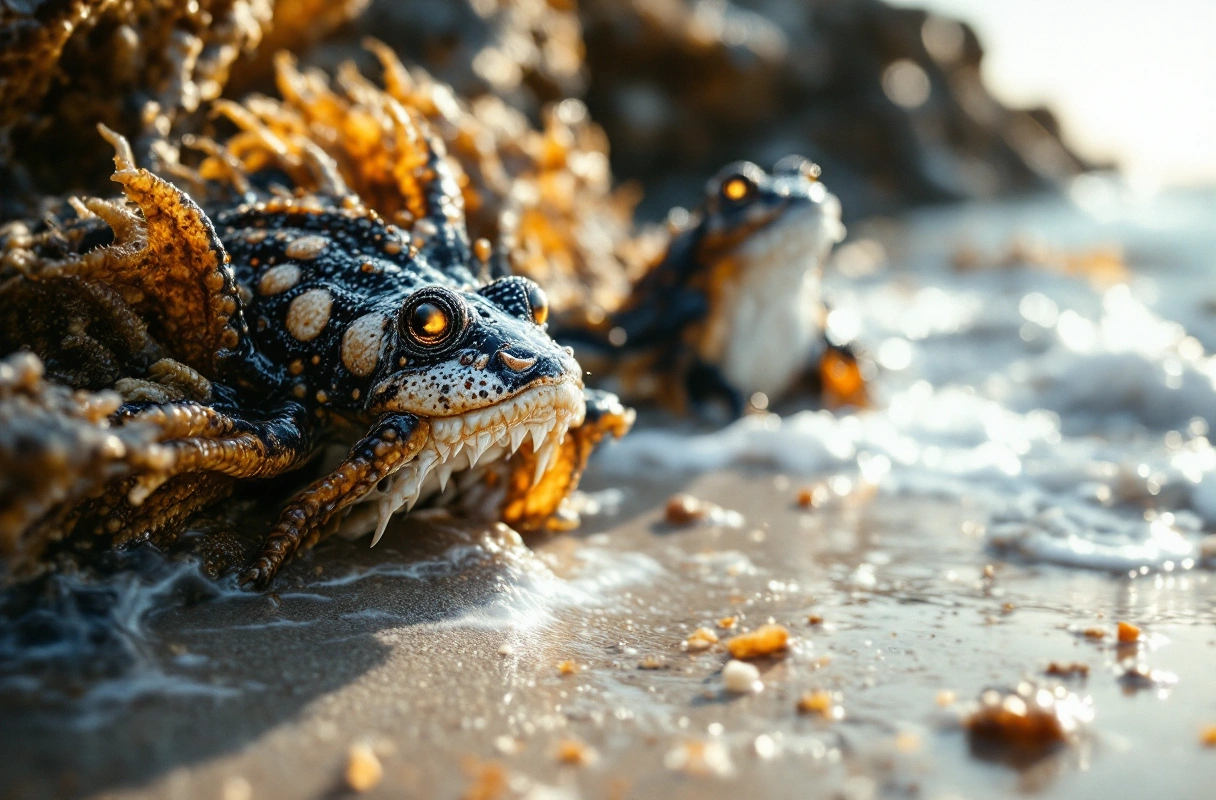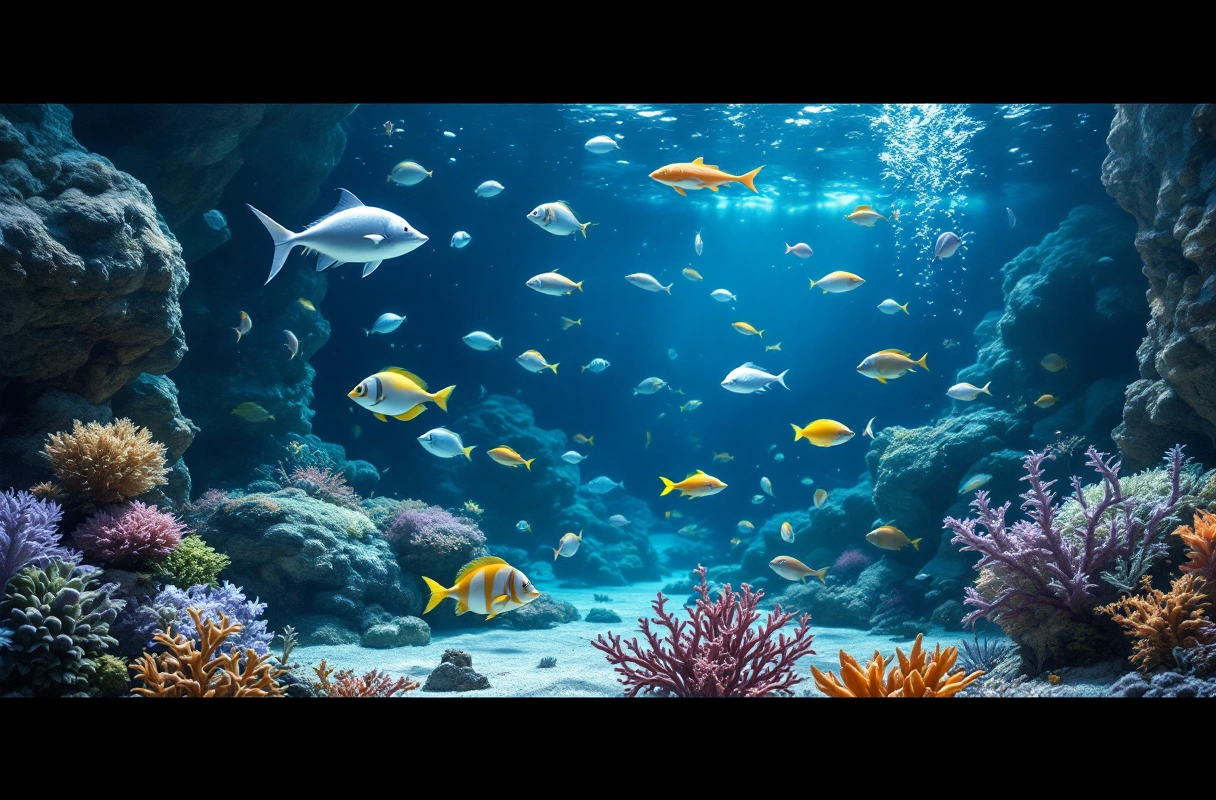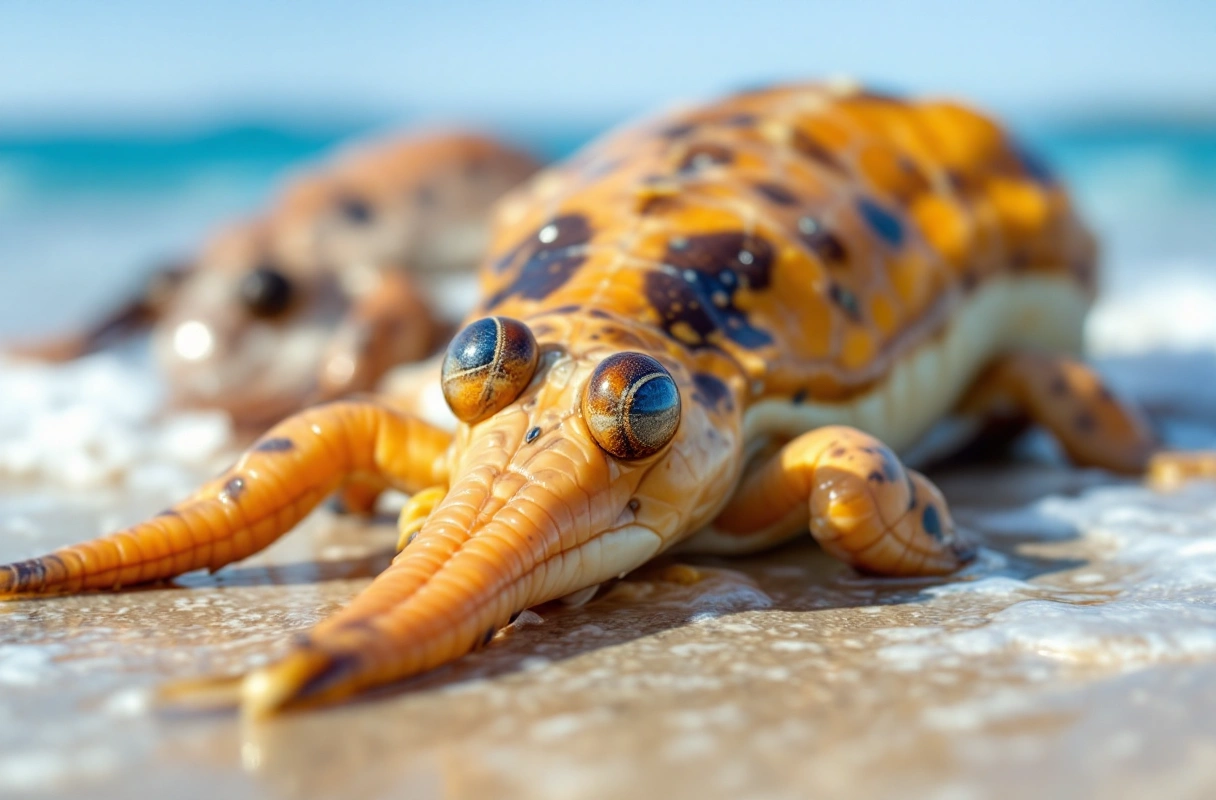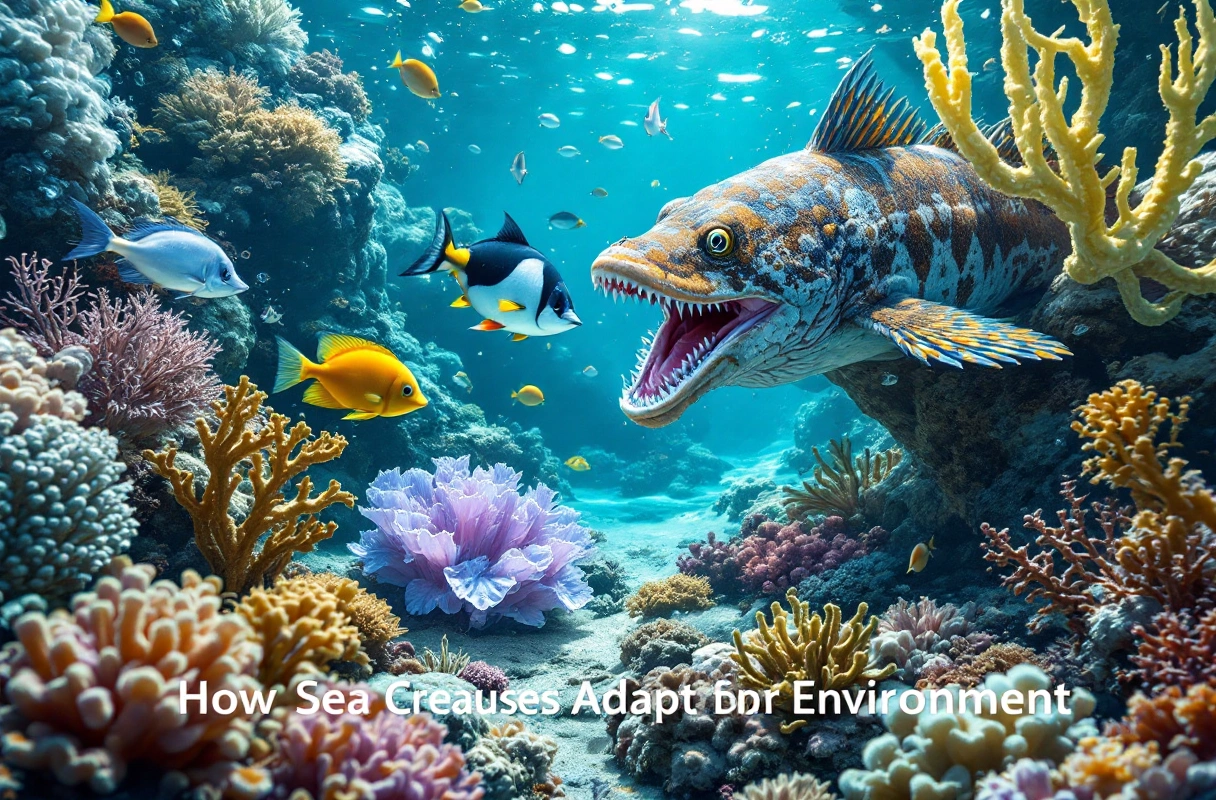
Exploring the beach can be an enchanting experience, especially when it comes to discovering the myriad of sea creatures that inhabit coastal waters. From colorful starfish to elusive sea turtles, the ocean is teeming with life, and understanding these creatures can enrich your beach visits. This guide aims to help families identify various sea creatures, delve into the fascinating adaptations of marine life, and encourage a deeper appreciation for the ocean ecosystem.
In addition to providing identification tips, we will explore how these sea creatures adapt to their environments, which is an essential aspect of marine biology. By the end of this article, you will be equipped with the knowledge to identify sea creatures and understand their roles in the ecosystem, making your beach outings not just fun, but educational too.

Sea creatures encompass a vast array of organisms that dwell in the ocean. This category includes fish, mammals, invertebrates, and plants. Each of these creatures plays a vital role in maintaining the ecological balance of marine ecosystems.
Common categories of sea creatures include:
Understanding these categories helps in identifying sea creatures during your beach exploration.
Many people harbor misconceptions about sea creatures that can lead to misunderstandings. Here are a few common myths:
Myth 1: All jellyfish are dangerous.
Myth 2: Starfish are fish.
Myth 3: All crabs are aggressive.
Understanding these myths can enhance your beach experience and encourage a more respectful interaction with marine life.

When visiting the beach, you might encounter a variety of sea creatures. Here are some of the most common ones to look out for:
Starfish
Sea Urchins
Crabs
Jellyfish
Sea Turtles
Identifying sea creatures can be both fun and educational. Here are some practical tips to enhance your identification skills:
Observe Size and Shape: Pay attention to the size and shape of the creature. Many species have unique physical characteristics that can help in identification.
Note Color Patterns: Colors can vary significantly among species. Use a field guide or mobile app to match colors and patterns.
Check the Environment: Different creatures inhabit different environments. For instance, starfish and sea urchins prefer rocky areas, while crabs are often found in sandy zones.
Use Technology: Utilize apps designed for marine biology enthusiasts. These can help you identify species based on photos and descriptions.
Ask Experts: Don’t hesitate to ask local marine biologists or knowledgeable beachgoers for help in identifying creatures.

Understanding how sea creatures adapt to their environment is a crucial part of marine biology. Adaptations are physical or behavioral changes that help organisms survive and thrive in their habitats. Here are some fascinating adaptations observed in sea creatures:
Camouflage: Many sea creatures, such as octopuses and flatfish, can change their color or texture to blend in with their surroundings. This helps them avoid predators and ambush prey.
Body Structure: Some creatures, like the sea turtle, have streamlined bodies that allow them to swim efficiently in water. Others, like crabs, have hard shells that protect them from predators.
Specialized Appendages: Sea creatures often possess specialized limbs or appendages. For example, the anglerfish has a bioluminescent lure that attracts prey in the dark depths of the ocean.
Migration: Many marine species, such as whales and sea turtles, migrate long distances to find food or breeding grounds. This behavior is often driven by seasonal changes.
Feeding Strategies: Different sea creatures have developed unique feeding strategies. For instance, filter feeders like clams and some species of fish consume microscopic organisms by filtering water.
Social Behavior: Some species, like dolphins, exhibit complex social behaviors, living in pods and communicating through sounds and body language.
When exploring the beach and interacting with sea creatures, it's crucial to practice responsible behaviors that ensure the protection of marine ecosystems. Here are some key ethical considerations:
Do Not Disturb: Avoid touching or disturbing sea creatures. Many organisms are sensitive to touch and can be harmed by human interaction.
Leave No Trace: Always clean up after yourself. Trash and debris can harm marine life and degrade habitats.
Educate Others: Share your knowledge about sea creatures and the importance of marine conservation with family and friends.
While exploring the beach, it's easy to make mistakes that can harm marine life. Here are some common pitfalls to avoid:
Overturning Rocks: Many creatures, like crabs and small fish, make their homes under rocks. Overturning them can disrupt their habitat.
Collecting Specimens: Avoid taking sea creatures or shells home. This practice can deplete local populations and disrupt ecosystems.
Ignoring Tides: Be aware of the tide schedule. Many creatures are only visible during low tide, and getting caught in high tide can be dangerous.
Understanding marine biology is essential for fostering a love of the ocean and its inhabitants. Education in this field can lead to greater awareness and appreciation of marine ecosystems, as well as inspire future generations to protect our oceans.
Join Local Conservation Groups: Many communities have organizations dedicated to marine conservation. Joining these groups can provide valuable information and opportunities for involvement.
Participate in Beach Cleanups: Engaging in beach cleanups not only helps protect marine life but also fosters a sense of community and responsibility.
Attend Workshops and Lectures: Local aquariums and educational institutions often offer workshops and lectures on marine biology. Participating in these can deepen your understanding of sea creatures.
As you embark on your journey to learn about sea creatures, the Banana Slug Club offers a wealth of resources to enhance your understanding of marine life. The club is dedicated to providing educational materials, workshops, and community events focused on nature, science, and environmental conservation.
The insights you've gained about identifying sea creatures and understanding their adaptations are just the beginning. With the help of the Banana Slug Club, you can further explore marine biology, engage in conservation efforts, and inspire others to appreciate the wonders of our oceans.
We invite nature enthusiasts, students, and families excited about learning more about the world, nature, science, plants, and animals to join us in this adventure. Visit the Banana Slug Club website for resources, events, and opportunities to connect with like-minded individuals. Together, we can foster a deeper appreciation for sea creatures and the vital ecosystems they inhabit.
By understanding and protecting our marine environments, we ensure that future generations can continue to explore and learn from the incredible diversity of life beneath the waves.
Get free resources, early access to new features and updates.
No spam. Just fun educational emails!